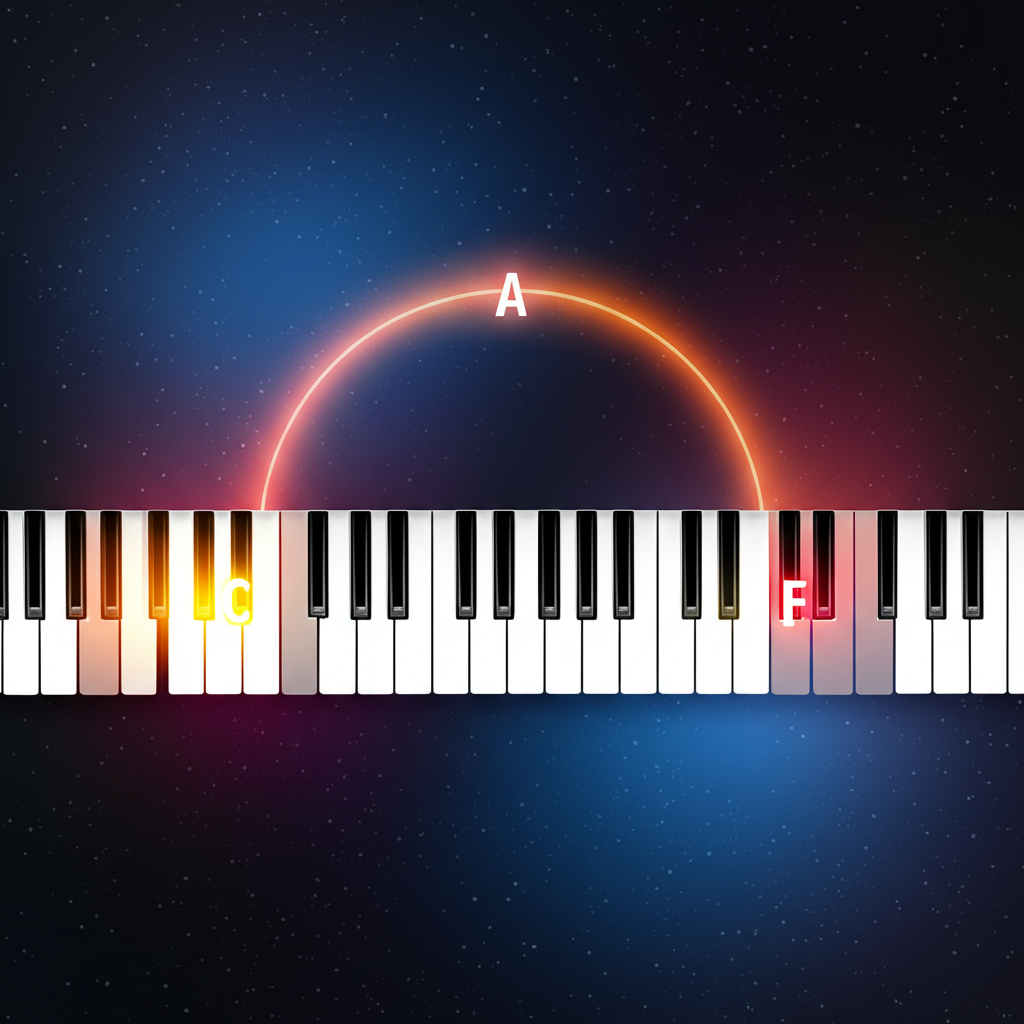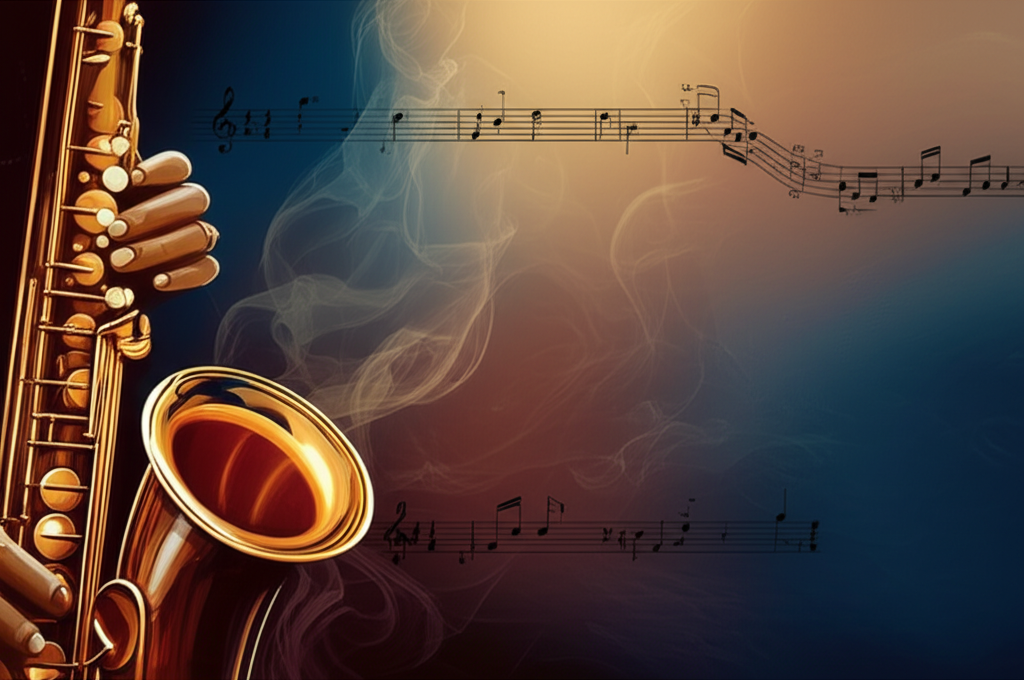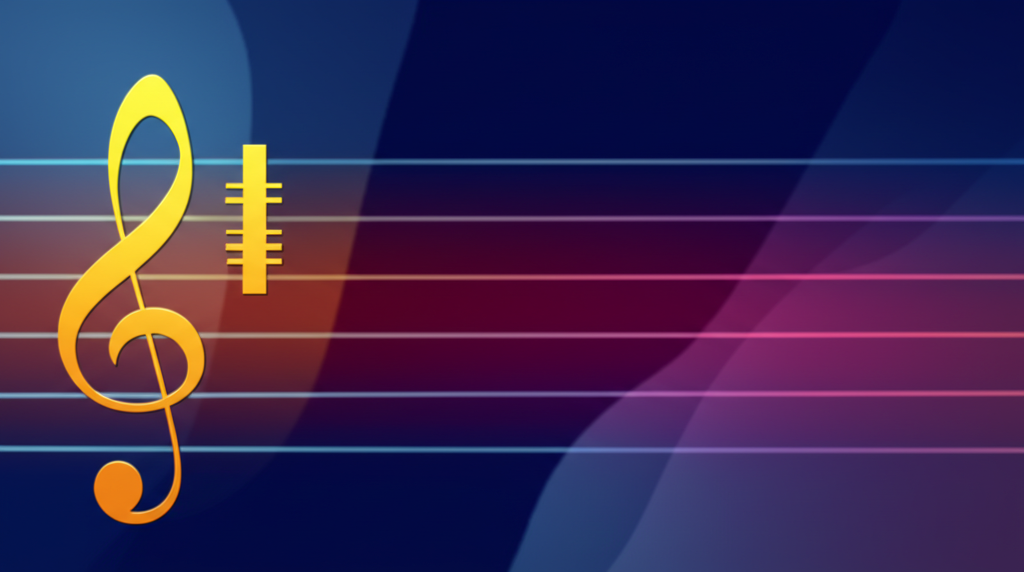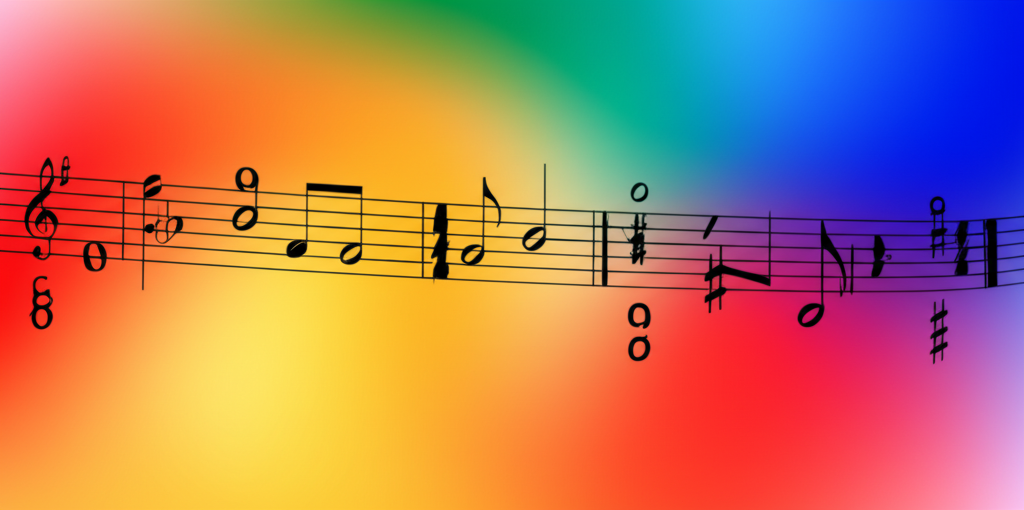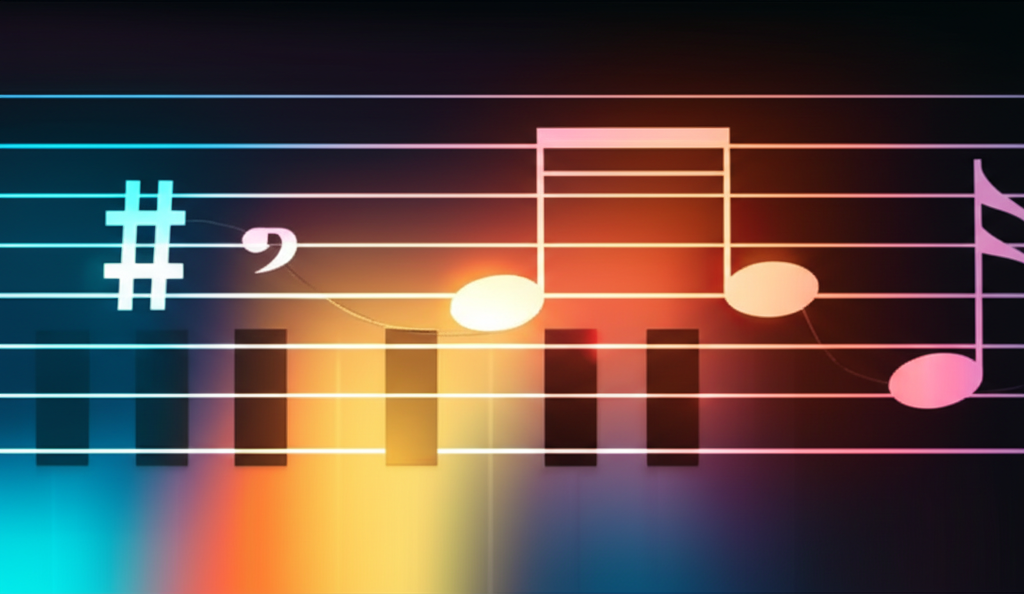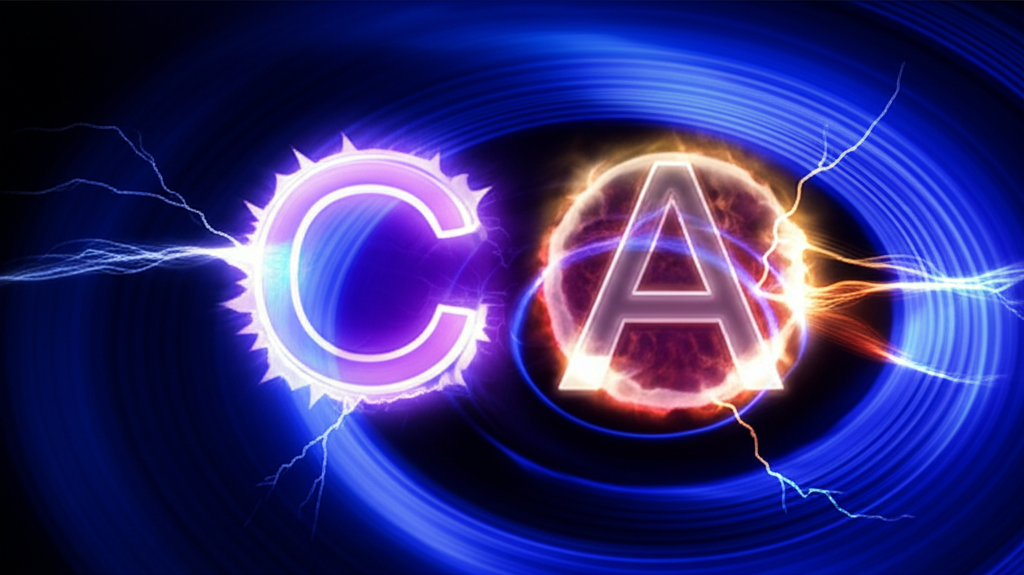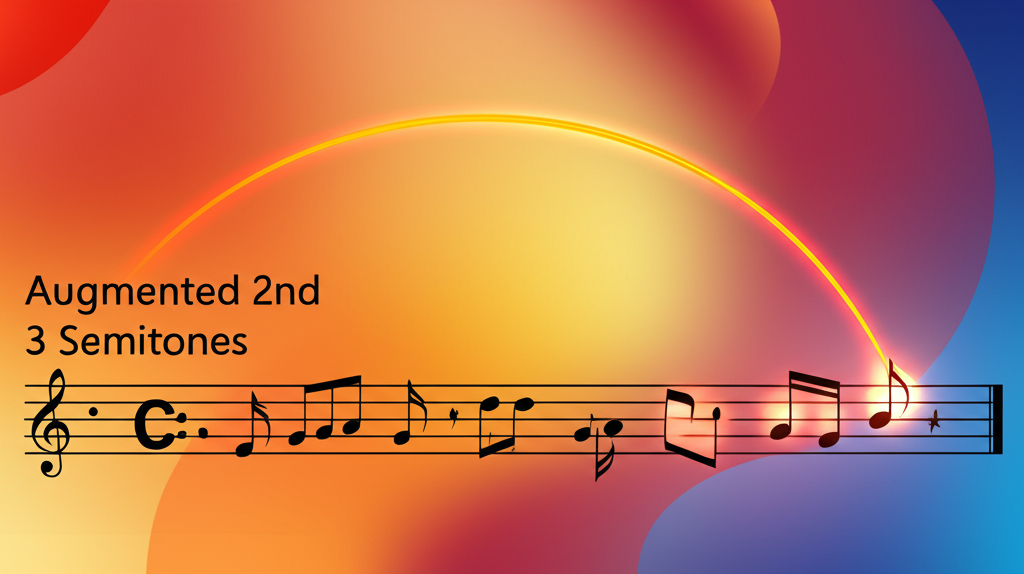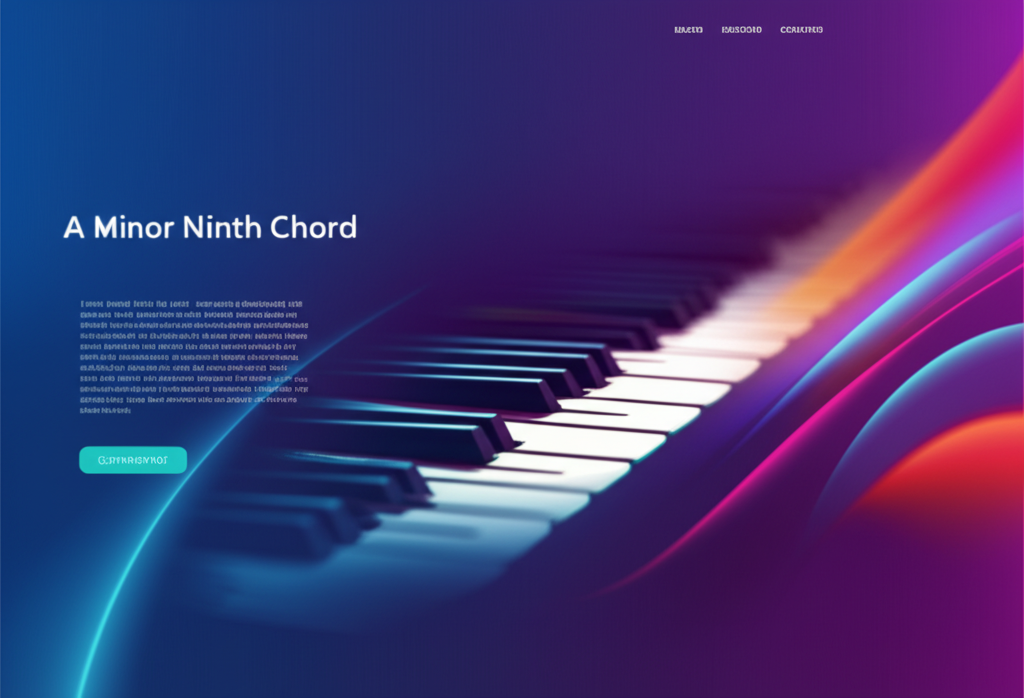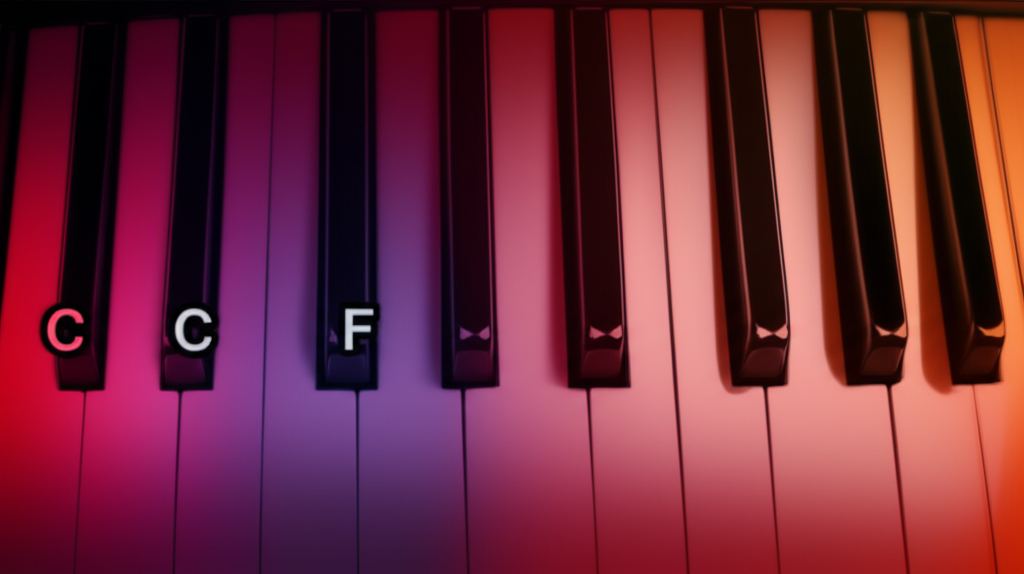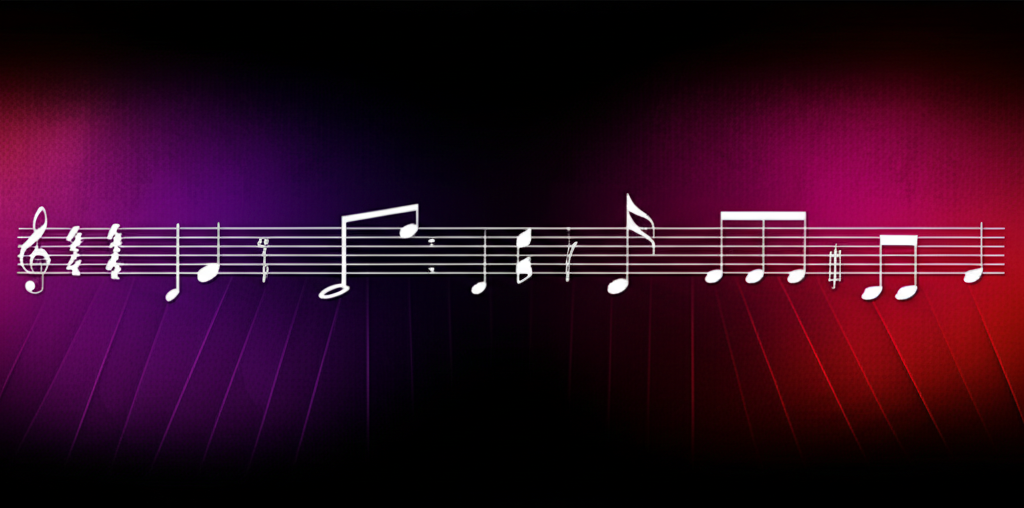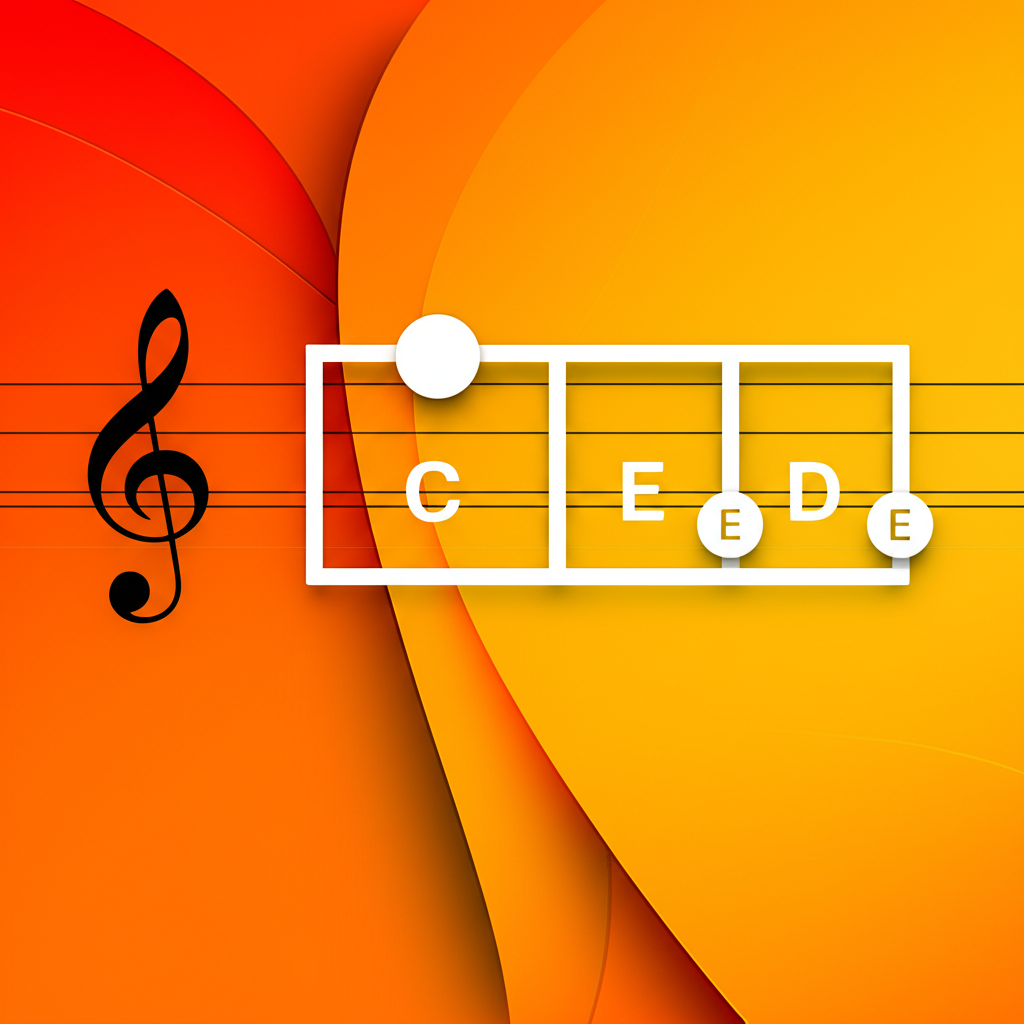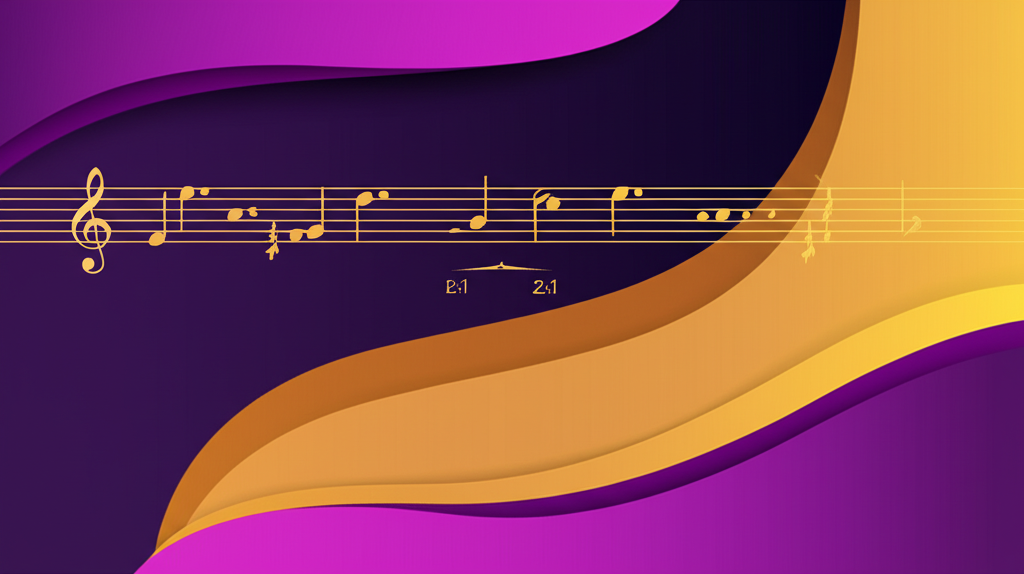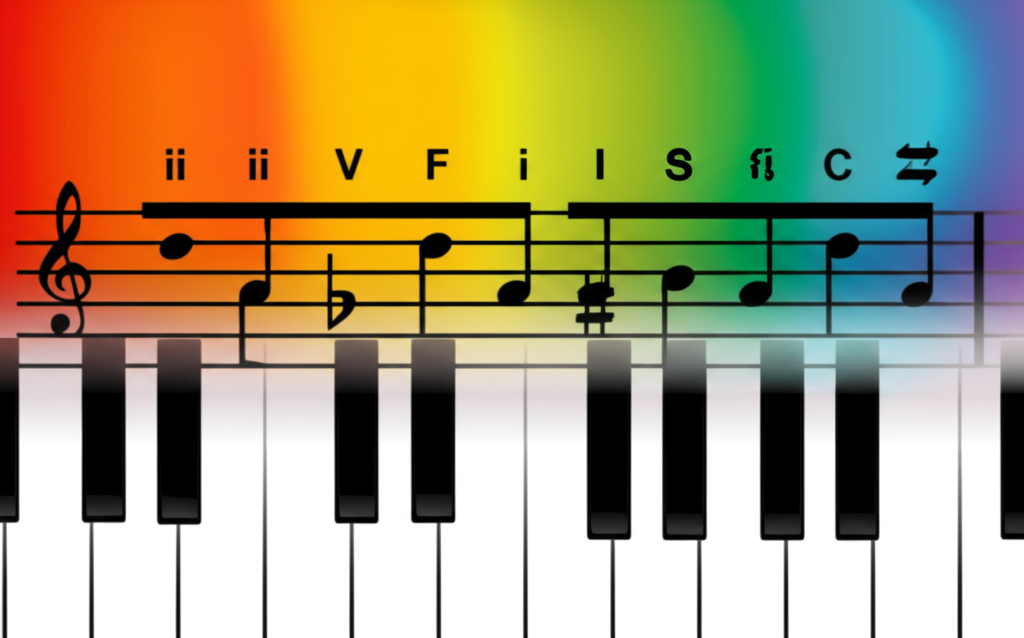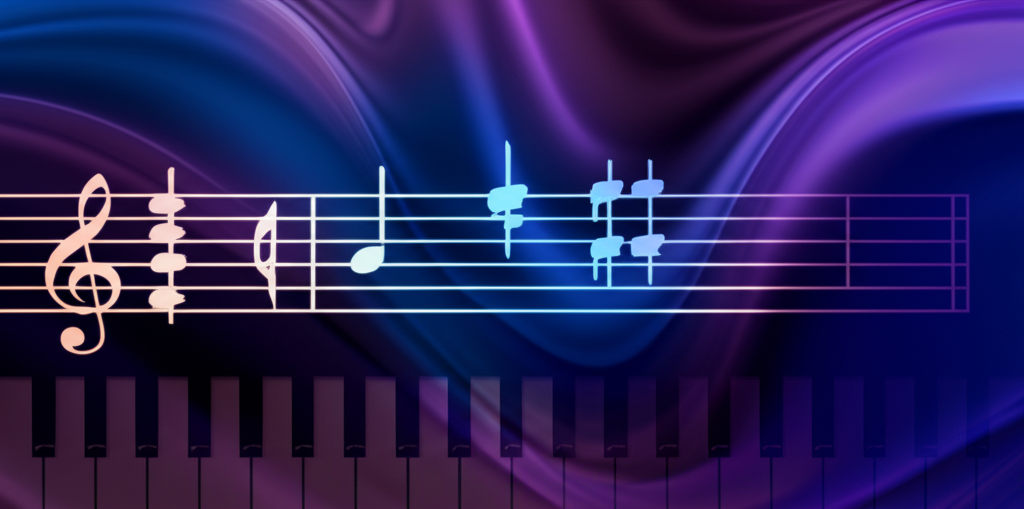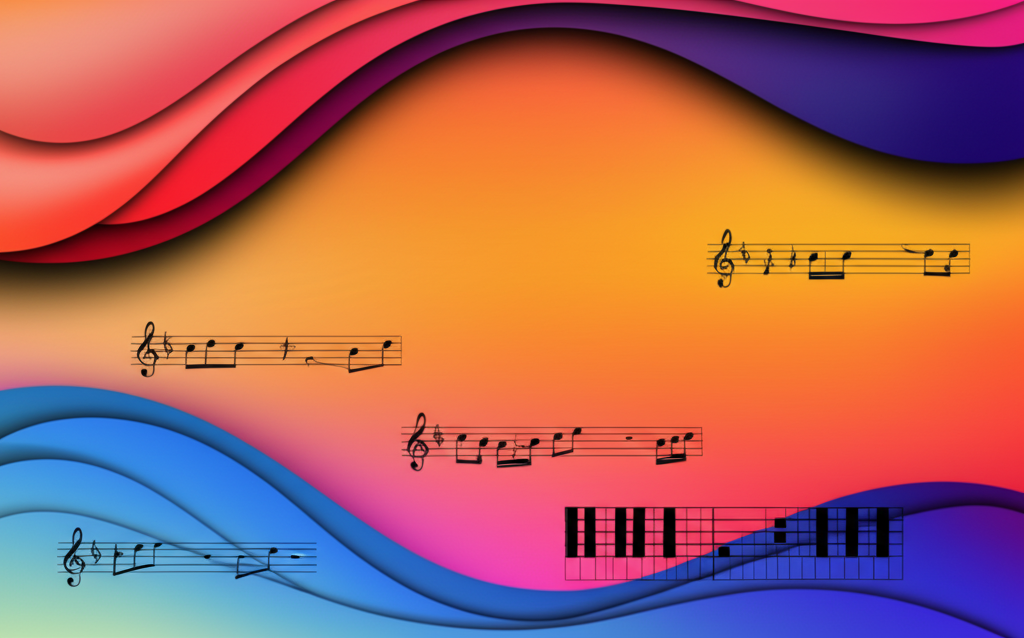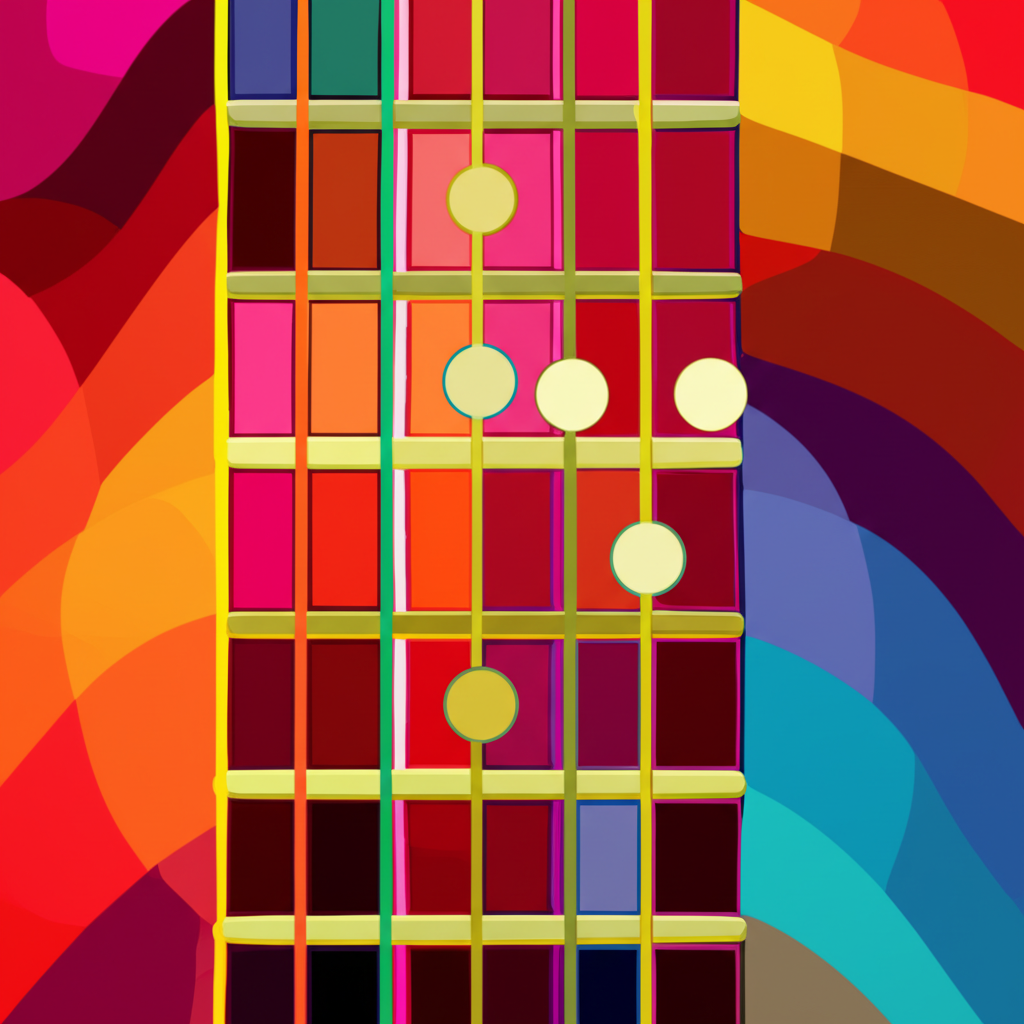
Unlocking the Secrets of the 7#11 Chord

b4n1
June 14, 2025, 7:03 p.m.
Unlocking the Secrets of the 7#11 Chord
Summary:
The 7#11 chord, a fascinating alteration in dominant seventh chords, adds a unique color and tension. This article explores its definition, function, practical applications, and historical context, making it accessible to music students of all levels. Understanding the 7#11 will significantly enhance your improvisational skills and compositional palette.
Keywords:
7#11, dominant seventh chord, altered dominant, jazz harmony, chord extensions, chromaticism, music theory, improvisation, composition, altered scale
Introduction:
Beyond the basic seventh chords, lies a world of extended harmonies waiting to be explored. One such intriguing addition is the 7#11 chord. This alteration, often found in jazz and advanced harmonic contexts, dramatically alters the sound and function of the dominant seventh chord, adding a pungent, almost dissonant quality that ultimately resolves to a powerful and satisfying conclusion. This article will guide you through understanding and utilizing this powerful chord.
Definition and Classification:
The 7#11 chord is an alteration of the dominant seventh chord. It's formed by adding a major eleventh (an octave plus a major third) above the root. This creates a characteristically dissonant interval against the 7th. While it's most commonly associated with dominant seventh chords, it can appear in other contexts, often leading to a surprising and colorful harmonic shift. The 7#11 is classified as an "altered dominant" chord, a family of chords using chromatic alterations to create tension and color.
Examples:
Example in ABC Notation:
Here's a simple example of a G7#11 chord in C major.
Notice the sharp 11 (B) creating the characteristic tension. This chord strongly implies a resolution to the C major chord.
Example in a melodic context:
The 7#11 can be part of a more complex chord progression. Imagine this progression in C major:
Practical Applications:
The 7#11 is a staple in jazz improvisation and composition. It's frequently used to add color and tension to dominant chords. Many famous jazz standards utilize this chord, often creating unexpected harmonic turns and leading to satisfying resolutions. Think about how it might sound replacing a simple dominant 7th in a blues progression for a more sophisticated voicing.
Historical Figures:
While pinpointing a single inventor is difficult, the 7#11's prominence is deeply intertwined with the development of jazz harmony in the early 20th century. Innovators like Charlie Parker, Dizzy Gillespie, and Thelonious Monk extensively explored altered dominants, including the 7#11, pushing the boundaries of harmonic language and influencing generations of musicians. Their improvisations and compositions showcase the 7#11's expressive potential.
Fun Facts:
The 7#11 can sound surprisingly consonant depending on the voicing and the surrounding harmony. It often creates a sense of anticipation and dramatic resolution. Experiment with different voicings to discover the unique sonic possibilities this chord offers.
Conclusions:
The 7#11 chord is a powerful tool for any musician looking to expand their harmonic vocabulary. Its unique tension and resolution can add depth and complexity to your compositions and improvisations. By understanding its function and exploring its possibilities, you can unlock a new dimension of musical expression. Now, try experimenting with the 7#11 in your favorite progressions – what unique sounds can you create?
References:
Baker, D. (1986). *The Complete Guide to Jazz Harmony*. Sherwood Music Publishing.
Shearing, M. (1988). *The Jazz Theory Book*. Prentice Hall.
Griffiths, P. (2004). *Advanced Jazz Improvisation*. Hal Leonard.

